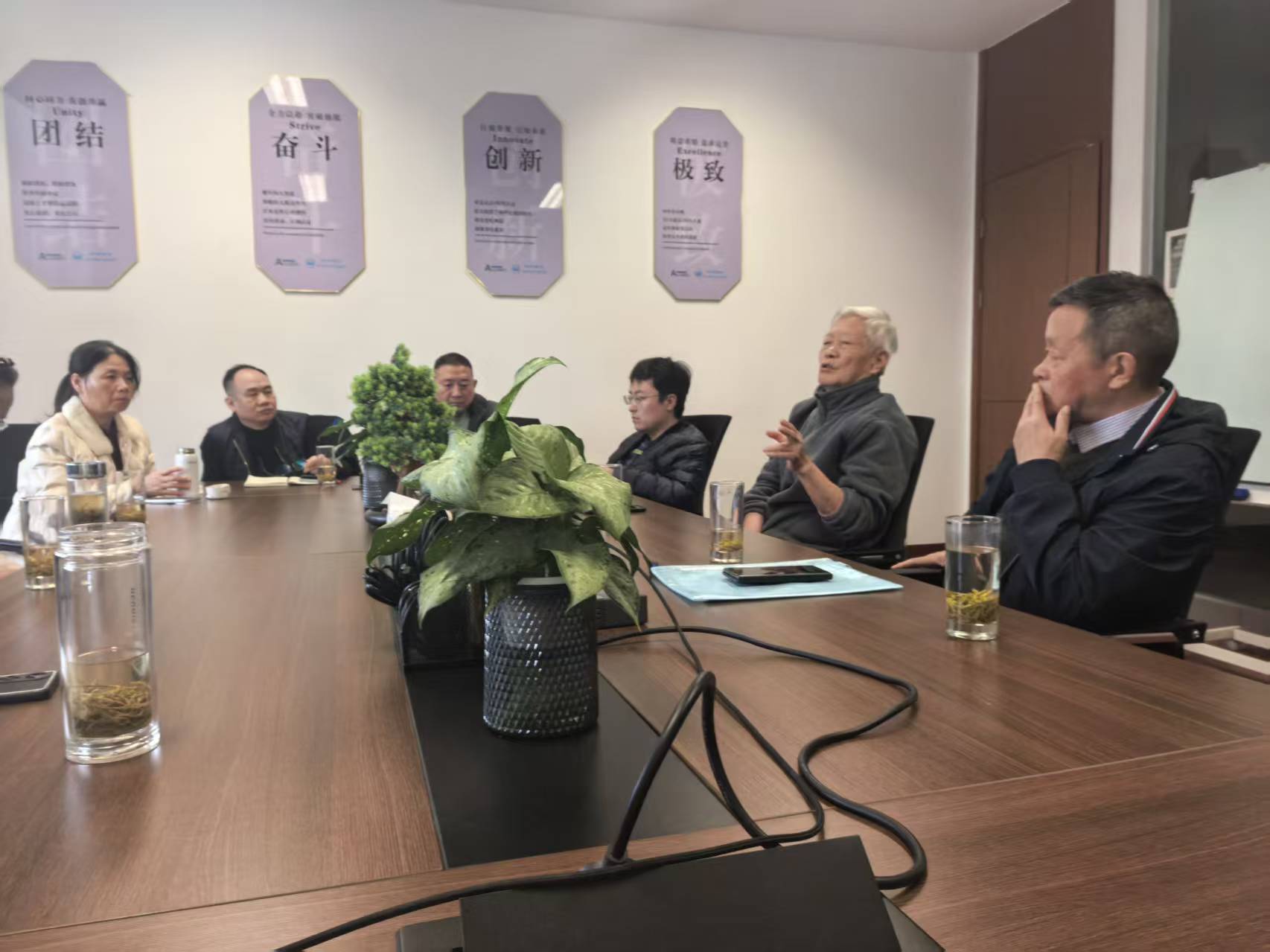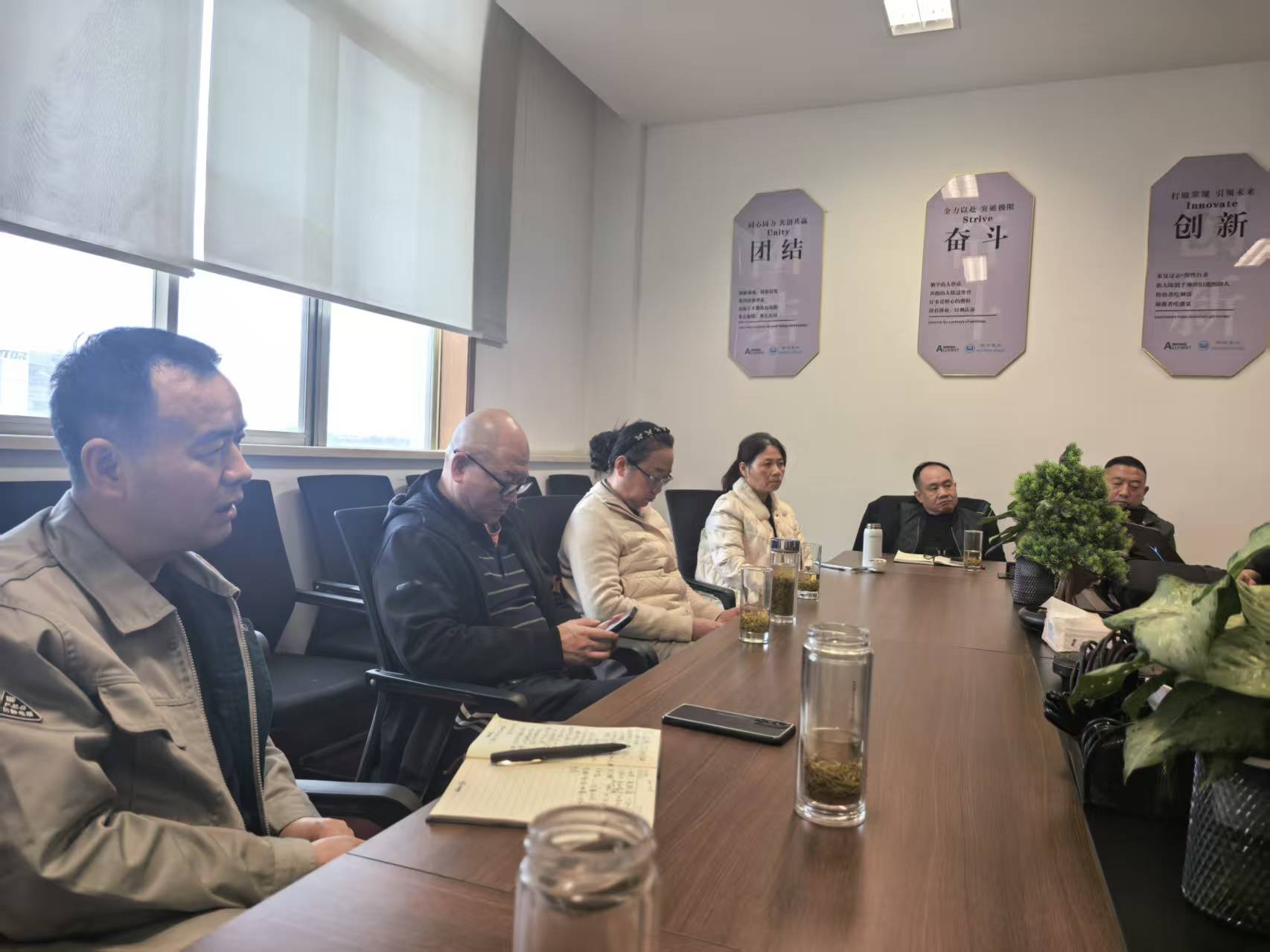Heavyweight Visit! Two "Zhangs" in Hydrogen Production Industry Empower Allfirst to Address Industry Pain Points
Recently, Allfirst welcomed two heavyweights in the hydrogen production industry — Mr. Zhang Bihang, Chairman of Suzhou Jingli Hydrogen Production Equipment Co., Ltd., and Mr. Zhang Xiangchun, a senior electrolyzer chief designer in the hydrogen production sector. As industry veterans with decades of experience in hydrogen production, their visit not only affirms Allfirst's technical strength but also focuses on the current industry pain point of frequent electrolyzer failures and forced shutdowns for maintenance. A in-depth and practically valuable technical seminar was held, injecting wisdom into the healthy development of the industry.
Industry Status Quo: Frequent Electrolyzer Failures, Shutdowns for Maintenance Become a Pain Point
As the hydrogen energy industry enters the fast track of large-scale development, the electrolyzer, as the core equipment of the hydrogen production system, its operational stability directly determines the efficiency and safety of hydrogen energy production. However, in recent years, failures such as "electrolyzer leakage", "abnormal voltage" and "substandard gas purity" have occurred frequently. In many projects, equipment has been forced to shut down and pulled back for maintenance, which not only causes huge economic losses but also restricts the progress of the green hydrogen industry.
"Many current electrolyzer failures stem from the double failure of original design and later operation and maintenance," Chairman Zhang Bihang opened with a key point. As a senior figure who has witnessed the development of China's electrolyzer industry from its infancy to growth, he has experienced the technological iteration of large electrolyzers from 240KA to over 500KA, and has a profound insight into industry chaos: "To reduce costs, some enterprises excessively narrow the cell spacing, increase the cell length, and increase the DC load. While seemingly improving production capacity, it actually amplifies the risk of failure — the disordered magnetic field between cells affects the accuracy of automatic monitoring, and the probability of cathode carbon block damage multiplies. Once a furnace leakage occurs, the high-temperature melt leaks quickly and is difficult to block, which is likely to cause secondary accidents."
In-depth Decoding: Three Core Reasons Unveil the Truth of Electrolyzer "Shutdowns"
At the seminar, combining decades of engineering practice and industry cases, the two experts deeply analyzed the essential reasons for frequent electrolyzer failures from three dimensions: design, materials, and operation and maintenance.
1. Design Defects: "Congenital Insufficiency" Driven by Cost
As an authority in electrolyzer design, Chief Designer Zhang Xiangchun pointed out the core problem: "Some current electrolyzer designs have obvious congenital defects, excessively pursuing 'large production capacity and low cost' while ignoring safety redundancy." He further explained that the unrestrained expansion of large electrolyzers (such as cells above 500KA) leads to a doubling of the cathode area and a significant increase in damage risk; at the same time, the compressed busbar spacing and unreasonable flow field design not only aggravate electrochemical corrosion but also cause heat to fail to dissipate in time, laying hidden dangers for failures such as abnormal voltage and electrode shedding. Chairman Zhang Bihang supplemented: "Square cells originally have more advantages in material utilization rate and manufacturing cost, but some enterprises have not optimized them in combination with the latest electrode and diaphragm technologies, simply replicating traditional designs, which instead amplifies problems such as poor sealing and pressure imbalance."
2. Materials and Processes: Insufficient Durability Leading to "Acquired Failure"
"The stable operation of electrolyzers is inseparable from the support of high-quality materials and strict processes," emphasized Chief Designer Zhang Xiangchun. Combining industry data, he pointed out that some enterprises currently use low-standard plates, diaphragms, and sealing materials to control costs: asbestos diaphragms in alkaline electrolyzers are prone to degradation, plate coatings are corroded and fall off, and proton exchange membranes in PEM electrolyzers have insufficient pollution resistance. These material defects directly lead to shortened equipment life and frequent failures. Chairman Zhang Bihang deeply agreed with this. Taking the increase in current density as an example: "Increasing current density is an industry trend, but some enterprises have not found the optimal critical point through sufficient tests and blindly pursue high parameters, resulting in increased energy consumption, accelerated electrode corrosion, and ultimately equipment shutdown for maintenance."
3. Monitoring and Operation & Maintenance: Lack of Control Leading to "Small Hidden Dangers Turning into Major Disasters"
"Many electrolyzer failures are not sudden but the result of long-term lack of monitoring and improper operation and maintenance," Chairman Zhang Bihang analyzed with accident cases. Traditional manual monitoring has disadvantages such as heavy workload, data falsification, and delayed response — the sudden temperature change of the cathode steel rod only occurs 2 hours before the furnace leakage, which cannot be captured in time by manual monitoring; problems such as abnormal electrolyte concentration and excessive impurities, if not handled in time through accurate detection, will gradually erode electrodes and diaphragms, eventually leading to equipment paralysis. Chief Designer Zhang Xiangchun supplemented: "Some enterprises ignore preventive maintenance, fail to replace diaphragm cloth and clean the cooling system regularly according to standards, allowing small failures to accumulate, and ultimately leading to large-scale shutdowns."
Empowering Progress: Allfirst Adheres to Technological Original Aspiration and Builds a Solid Safety Line
The in-depth sharing of the two experts greatly inspired the Allfirst team. As a high-tech enterprise focusing on the R&D and manufacturing of gas equipment, Allfirst has always taken "safety and stability" as its core R&D philosophy. In the design and production of electrolyzer supporting equipment, it strictly follows the principles of standardized material selection, intelligent monitoring systems, and refined operation and maintenance plans.
During the seminar, the Allfirst technical team had a heated discussion with the two experts on issues such as equipment sealing optimization, electrolyte circulation system upgrading, and intelligent monitoring module R&D. Chairman Zhang Bihang highly praised Allfirst's philosophy of "not blindly pursuing parameters and adhering to technical pragmatism": "The healthy development of the hydrogen energy industry requires more enterprises like Allfirst that adhere to quality. Only by achieving excellence in every detail can failures be fundamentally reduced." Chief Designer Zhang Xiangchun put forward specific suggestions for Allfirst's technical upgrading direction, providing valuable guidance for subsequent product optimization.
Strong Alliance: Jointly Building a Hydrogen Energy Safety Line
This exchange is not only a technical seminar but also a demonstration of the responsibility of industry leaders. Allfirst, as an outstanding enterprise in the gas equipment field, has profound accumulation in equipment manufacturing and process control; Jingli has become an industry technical benchmark with 30 years of electrolyzer R&D and manufacturing experience. Complementing each other's advantages, the two parties will provide safer and more reliable solutions for the industry.
Building Bridges with Technology to Promote High-Quality Industry Development
This in-depth dialogue between industry experts and Allfirst not only decodes the core reasons for frequent electrolyzer failures but also unites the consensus of "solving industry pain points through technological innovation". In the future, Allfirst will continue to absorb advanced industry experience, deepen core technology R&D, and provide more reliable products and more professional solutions to escort the safe and large-scale development of the hydrogen energy industry. At the same time, it looks forward to cooperating with more industry peers, adhering to quality bottom lines, and jointly promoting technological innovation, so that green hydrogen can truly become the core force empowering the dual-carbon goal!


[This article is specially released by Allfirst]